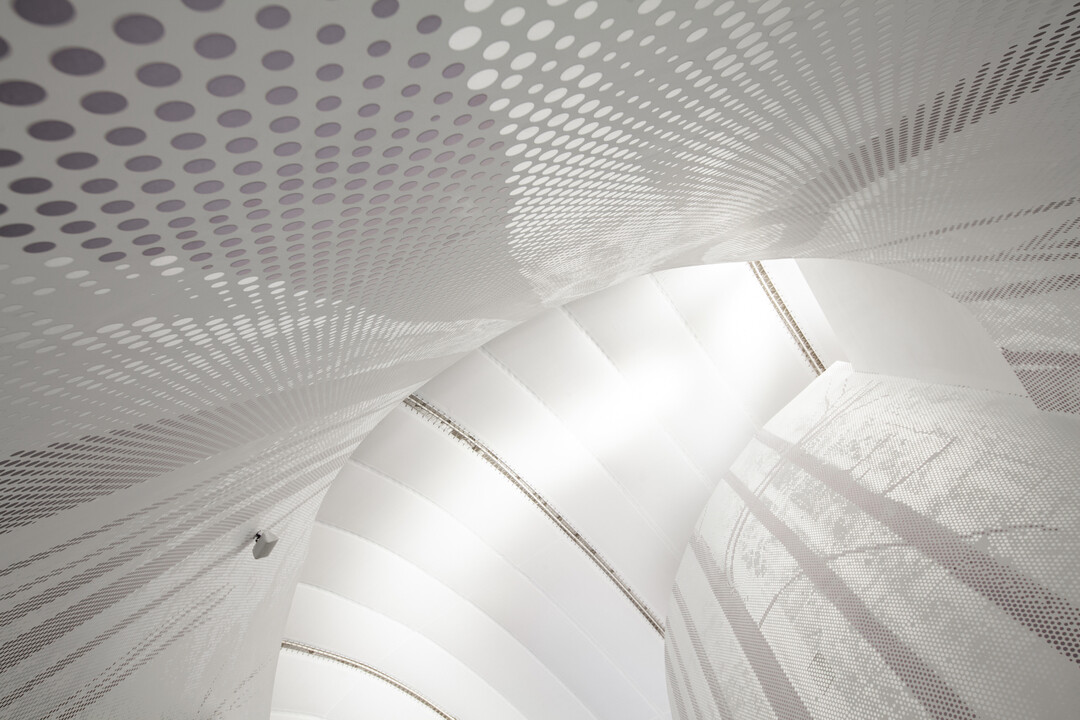
Members Only
Please join as a member and click "Members Only" to read more complete articles and exclusive content.

Please join as a member and click "Members Only" to read more complete articles and exclusive content.
12M
對屋主而言,多數時間為一個人居住的空間,「適於心,衷於我」是最重要的訴求,「信任你」也曾在一開始對設計者脫口而出,但得到設計者「案子未開始前不會真正信任」的回應。設計者於過程中投入情感並剝去我執,讓空間成為兩個本我對話的媒介。而今兩人可以愜意躺在外陽台,如童稚般無拘無束談笑,「信任」莫過於此。
步入,一道斜置的12米弧形牆映入眼簾,不等寬的廊道讓人自然而然順從潛意識尋找開闊的出口,被梯間等分為二的空間因此產生了流動,隱私性與公共性油然而生。牆上正對出入口的開窗,將前陽台的綠意轉化為借景,暗示空間的延伸、模糊了內與外的界線。與弧形牆相對的是飾以墨色燒衫的牆面,這是屋主兒時記憶中眷村的質感,直式排列的韻律收斂到與主臥室銜接的牆面,已置換為玻璃的牆面,讓廊道的終點成為空間轉換的節點。杉木紋混凝土天花板與牆面順著廊道的開闊面延伸,定義出客廳、開放式廚房、餐廳等具有公共性的空間。
「光」是悠遊的生命力,運用溝縫設計藉由節點/轉折/分離/連結,創造光與影的互動,在客廳電視牆及收納空間、中島式廚房與電器櫃立面,刻劃出不同的表情;立面量體與地面間的空隙則創造出飄浮感和不同的重量感。當自然光從走廊牆面縫隙流入客用盥洗室、從書房隔牆縫隙流入開放式廚房,隨時間而變的豐富軌跡是人造光源所無法比擬的。書房擁有通透的採光和外陽台,運用視覺錯位隱蔽了收納櫃體,當心靈需要進行一場光合作用時,這樣的空間純粹得恰到好處。屋主形容12M:平靜中帶有孤寂,就像自己體悟到人生的不圓滿仍能怡然自得。室內設計最大的價值是忠實呈現居住者的精神,置身其中獲得身心靈的共感與平衡。而未來,空間將隨所有者的心境轉變而演化,重新得到不同的詮釋。